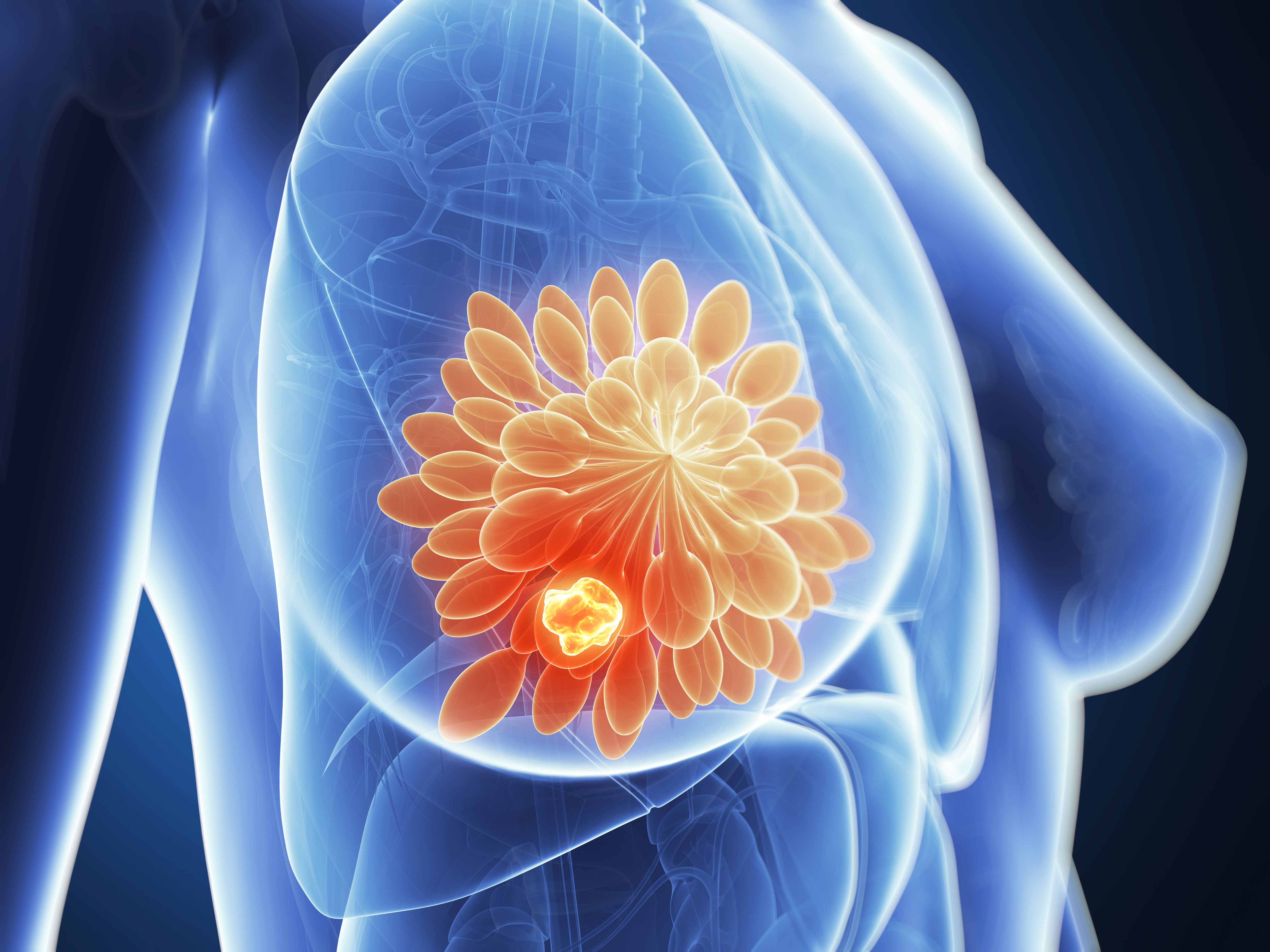
In a study published in the Journal of Nuclear Medicine, investigators found that 18F-Fluoroestradiol (18F-FES)–PET predicts response to simultaneous histone deacetylase inhibitor (HDACi) and aromatase inhibitor (AI) therapy, and that 18F-FES uptake remains stable during the initial 8 weeks of treatment.1
Moreover, the results of the study also suggested that adding the HDACi vorinostat (Zolinza) to AI in patients with estrogen receptor (ER)–positive breast cancer results in tumor response or stable disease in about half of evaluable patients who had progressed on prior endocrine therapies.
“Our results support further study of serial molecular imaging along with combined HDACi and AI therapy (such as ECOG-ACRIN study E2112 [NCT02115282]), to further delineate the role of HDACi and potential biomarkers in AI-refractory ER[-positive] advanced breast cancer,” wrote the study authors, who were led by Lanell M. Peterson, a research scientist in the University of Washington’s Division of Medical Oncology.
In this open-label phase 2 study, patients with ER-positive/HER2-negative metastatic breast cancer with prior clinical benefit from endocrine therapy who later progressed on AI therapy were given vorinostat at a dose of 400 mg daily sequentially or simultaneously with AI. Investigators then conducted 18F-FES PET and 18F-Fluorodeoxyglucose (18F-FDG) PET scans at baseline, week 2, and week 8.
In total, 8 patients were treated sequentially (NCT01153672), then 15 were treated simultaneously (NCT01720602). Of note, patients with response or stable disease were offered continuation of study treatment on the same schedule until disease progression, unacceptable toxicity, or study withdrawal.
In the sequential cohort, consisting of 8 patients, 2 patients withdrew during cycle 1 due to vorinostat toxicity and were not evaluable for week 8 response. Overall, 4 patients had progressive disease at week 8, and 2 patients had stable disease at week 8 (33%; 90% CI, 12%-65%), with eventual progression at 4 and 7 months from start of therapy.
Of the 15 patients included in the simultaneous cohort, 5 patients were not evaluable for week 8 response. Of the remaining 10 patients, 4 had progressive disease at week 8, thus the proportion of evaluable patients with stable disease at week 8 was 60% (90% CI, 35%-81%). Further, 4 patients in the simultaneous cohort experienced clinical benefit of at least 6 months on study therapy without progressive disease.
Among the 8 patients in the sequential cohort, the median progression-free survival (PFS) was 3 months (range, 2-13) and the median overall survival (OS) was 29 months (range, 16-54). In the simultaneous cohort, the median PFS was 2 months (range, 0-21) and a Kaplan-Meier estimate of median OS was 19 months (range, 1-55). Of note, higher baseline 18F-FES uptake was associated with longer PFS.
Regarding safety, 25 adverse events (AEs) were reported in 12 of the 23 patients. The majority of AEs, including grade 3 fatigue and grade 2 nausea/vomiting likely related to vorinostat, occurred during the first month and were self-limiting with supportive care. No AEs occurred as a result of 18F-FES imaging.
Importantly, 18F-FES uptake did not systematically increase with vorinostat exposure, indicating no change in regional ER estradiol binding, and 18F-FDG uptake did not show significant decrease, as would have been expected with tumor regression.
“We test ER expression in a metastatic biopsy once at the beginning of the patient’s journey, and we make decisions all along–when to give chemotherapy, when to use endocrine therapy, whether or not to use targeted agents–based on that one measurement,” Hannah M. Linden, MD, FACP, Athena Distinguished Professor and breast medical oncologist at the University of Washington Fred Hutchison Cancer Research Center and Seattle Cancer Care Alliance, said in a press release.2 “Since we know that ER expression can fluctuate, imaging with 18F-fluoroestradiol at various time points could help clinicians predict response to endocrine therapy and select optimal treatment in the future.”
References:
1. Peterson LM, Kurland BF, Yan F, et al. 18F-Fluoroestradiol PET imaging in a phase II trial of vorinostat to restore endocrine sensitivity in ER+/HER2− metastatic breast cancer. Journal of Nuclear Medicine. 2021;62(2)184-190. doi: 10.2967/jnumed.120.244459
2. Molecular imaging determines effectiveness of novel metastatic breast cancer treatment. News release. Society of Nuclear Medicine and Molecular Imaging. Published February 16, 2021. Accessed February 19, 2021. https://ift.tt/37n0nOF
"breast" - Google News
March 03, 2021 at 02:04AM
https://ift.tt/3bawzXT
Molecular Imaging Able to Determine Effectiveness of Treatment for AI-Refractory, ER+ Advanced Breast Cancer - Cancer Network
"breast" - Google News
https://ift.tt/2ImtPYC
https://ift.tt/2Wle22m
Bagikan Berita Ini














0 Response to "Molecular Imaging Able to Determine Effectiveness of Treatment for AI-Refractory, ER+ Advanced Breast Cancer - Cancer Network"
Post a Comment